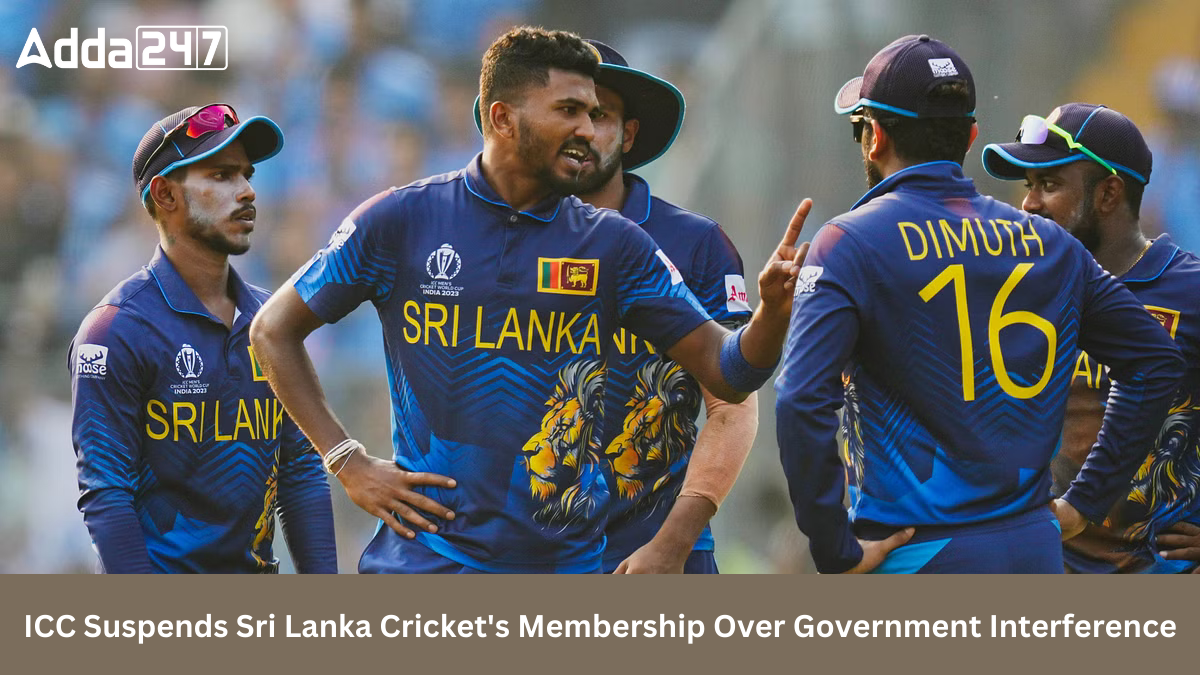Introduction
The International Cricket Council (ICC) has taken a significant step by suspending Sri Lanka Cricket’s membership, citing serious breaches of its autonomy and government interference. The move comes in the wake of the Sri Lankan government’s decision to sack the cricket board due to the national team’s disappointing performance in the ICC Cricket World Cup 2023.
Turbulent World Cup Campaign
The suspension follows a tumultuous World Cup campaign by the Sri Lankan cricket team, currently ranked ninth in the 10-team standings after a disappointing performance of winnings only two out of nine matches. The struggles were further exacerbated by conflicts within the Sri Lanka Cricket (SLC) management.
Government Interference and SLC Management Shake-Up
The turmoil within Sri Lankan Cricket reached its peak when Sports Minister Roshan Ranasinghe sacked the SLC management, appointing former World Cup-winning captain Arjuna Ranatunga as the head of a seven-member interim committee. However, this decision faced a swift overturn by the Court of Appeal, adding to the chaos within the cricketing administration.
Parliamentary Resolution and ICC’s Reaction
The situation escalated when the Sri Lankan parliament unanimously passed a resolution demanding the removal of the SLC. This move, supported by parties across the political spectrum, seems to have triggered the ICC’s decision to suspend Sri Lanka Cricket. The global cricket governing body has consistently emphasized the need for cricket boards to operate autonomously without government interference.
Conditions of Suspension and Future Outlook
The ICC Board has not yet disclosed the specific conditions of Sri Lanka Cricket’s suspension, leaving the cricketing community speculating on the potential ramifications. The resolution passed by the Sri Lankan parliament, expressing dissatisfaction with the SLC, has evidently played a significant role in the ICC’s decision, reminiscent of the suspension of Zimbabwe Cricket two years ago due to similar concerns of government interference.




 Which Country is Known as the Land of Ch...
Which Country is Known as the Land of Ch...
 Which Bird is known as the King of Birds...
Which Bird is known as the King of Birds...
 Which Place is known as the Land of Snow...
Which Place is known as the Land of Snow...







